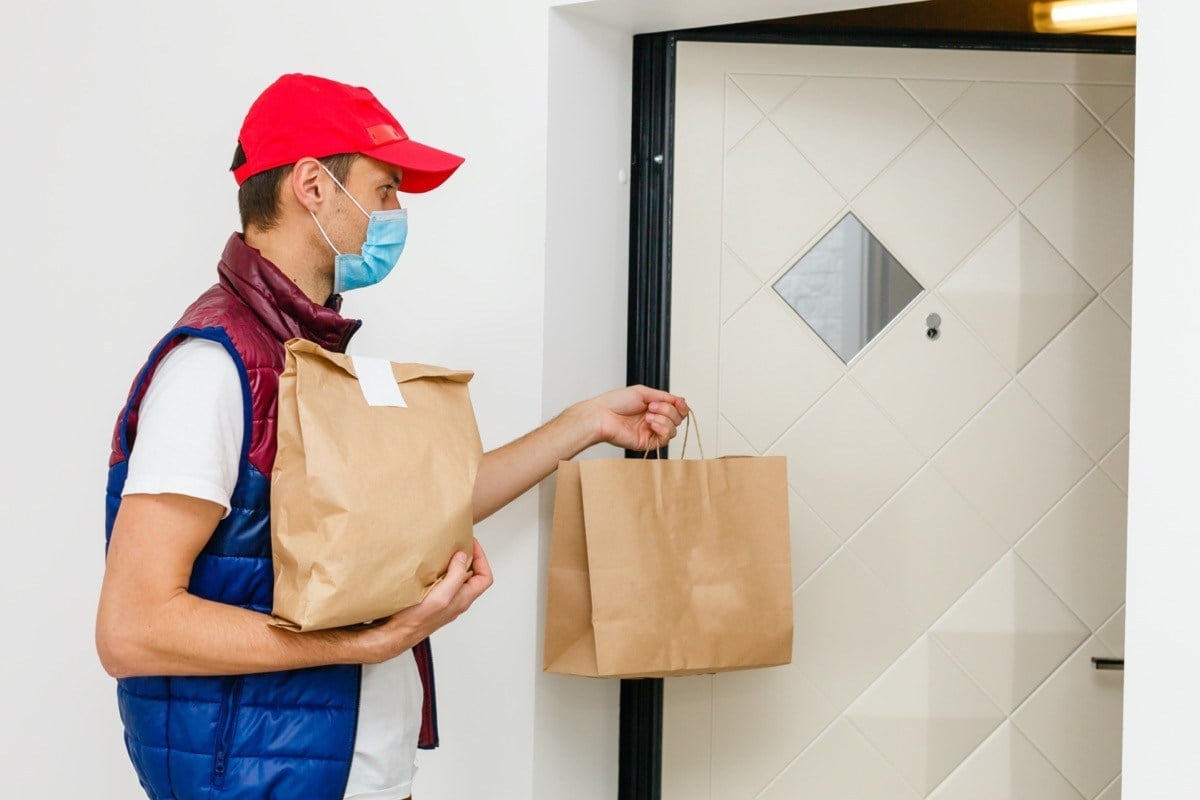It’s 5:00 pm and there’s nothing to eat in the house. You don’t want the hassle of going to the local grocery store, putting on your mask, waiting in line to enter the store, shopping, disinfecting packaging when you get home, and finally having to cook. So, you pick up the phone and order take-out from your favorite Chinese restaurant. Now you’re thinking...how do I know my food is safe? How do I know the delivery person won’t infect my food?
These are legitimate concerns. First, let’s examine the hygiene surrounding your take-out or pick-up order. The FDA has set guidelines and best practices for retail food stores, restaurants, and associated pick-up and delivery services during COVID-19 to safeguard workers and consumers. This includes:
- disinfecting and cleaning workspaces, equipment, and high touch surfaces more frequently
- employers taking temperatures to assess symptoms before starting work
- employees regularly self-monitoring, wearing a mask or face covering, and practicing social distancing
Food service establishments are required to follow FDA and USDA food safety protocols, including following the 4 key steps to food safety: Clean, Separate, Cook, and Chill.
Recommendations for the transport of food include:
- Keep raw and cooked foods separated to avoid cross-contamination.
- Ensure proper wrapping and packaging for food transport.
- Regularly clean and sanitize coolers and insulated bags used to deliver food.
These are all sound practices; however, you’re probably still thinking, can my food be contaminated by an infected or asymptomatic food handler?
Next, let’s examine how coronavirus could affect our food. Additional guidance from the Food and Drug Administration states that “there is no evidence to suggest that food produced in the United States can transmit COVID-19.
Dr. William Schaffner, of Vanderbilt University School of Medicine, specializing in infectious diseases, agrees that the transmission of COVID-19 via food is incredibly unlikely unless you actually inhaled your food. He explains that the virus is primarily risky to us when it attaches to surfaces in our respiratory tract, not when we accidentally eat it. "The virus seems to be latching onto cells in the upper reaches of the nose, a place food doesn't enter," he explains. "Virus that found its way into your gastrointestinal tract would be killed by the acid in your stomach."
Well, that’s a relief, but what about food packaging? Although, “Health authorities affirm that there is no evidence that food or food packaging is causing the spread of coronavirus,” explains Tamika Sims, PhD, Director of Food Technology Communications at the International Food Information Council (IFIC), “The risk of contracting the virus from a food item is likely very small, but should not be counted as impossible.” Sims also explains that research has found that the coronavirus can survive up to 24 hours on cardboard and up to two to three days on plastic and stainless steel after contact. Thus, it’s important to wash or sanitize our hands after handling packages.
Rather than worry about the food itself when ordering take-out, Olga Padilla-Zakour, Director of the Cornell Food Venture Center at Cornell University suggests concentrating on the following steps to ensure food safety with pick-up and delivery:
- Take a few minutes to create a safe food environment when the food arrives by cleaning any surfaces it will touch.
- Pay (and tip) in advance to minimize person-to-person interaction with the driver or restaurant takeout clerk.
- Let the driver leave the food at the doorstep. Wait until the driver is at least 6 feet away before picking up the food.
- Remove the food from the takeout bags or containers, and dispose of or recycle them appropriately.
- After disposing of packaging, wash your hands for 20 seconds with soap and water.
- Wipe counters and other surfaces where you unpacked the food.
The key takeaways when picking-up or ordering take-out are:
1) patronize only those restaurants that you know and trust
2) keep social distancing
3) wash your hands thoroughly after handling packaging.
Now bon appetite, enjoy your meal!
Need help finding a delivery solution for your food service business? At DeliveryCircle, we help companies leverage technology to make local delivery service efficient and profitable. If you're looking for scalable and flexible delivery software, learn more about our SaaS technology, Decios. Decios helps companies scale delivery services with real-time tracking, two-way communication, and agile route design. Schedule a demo to learn more.









